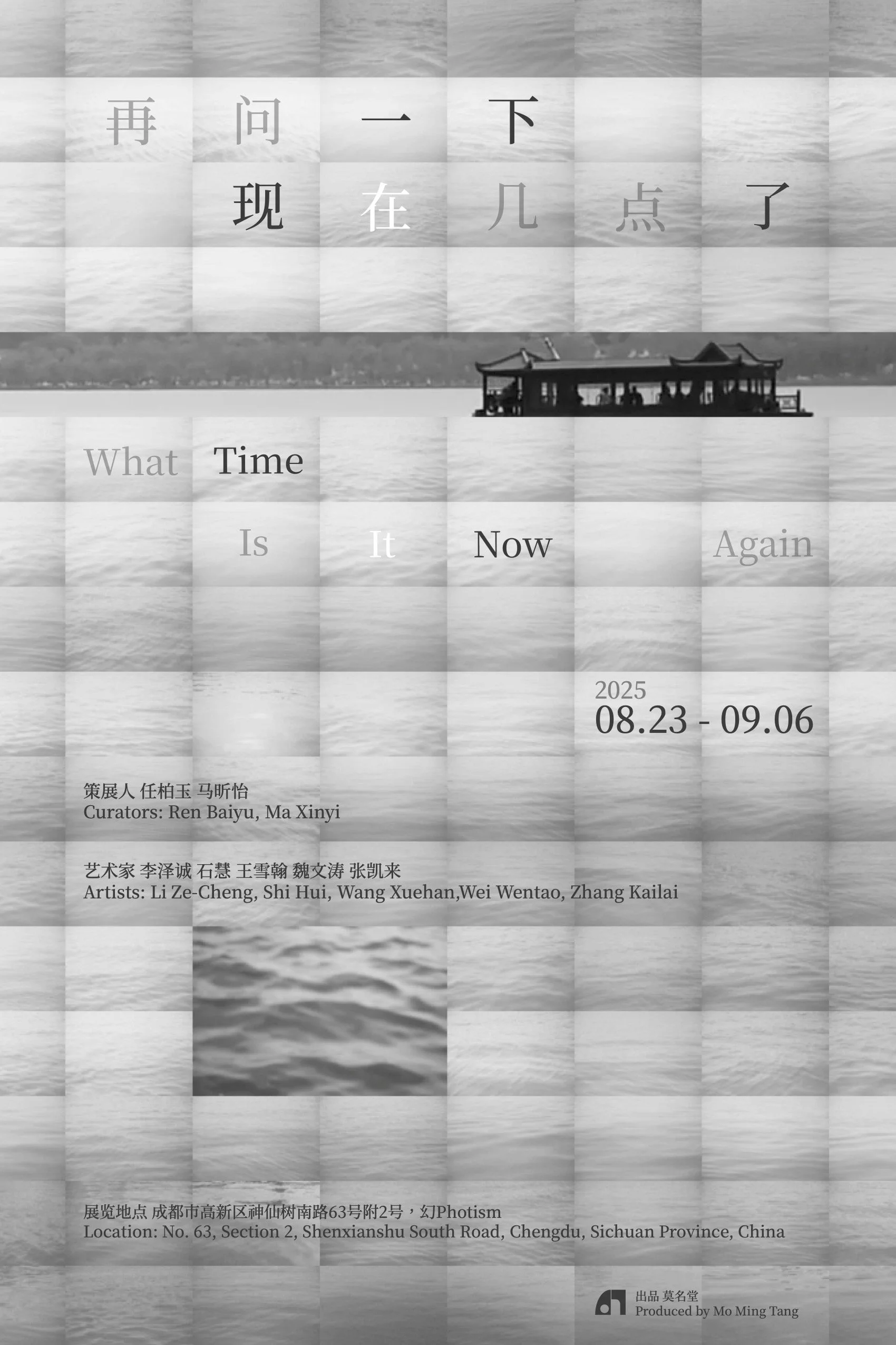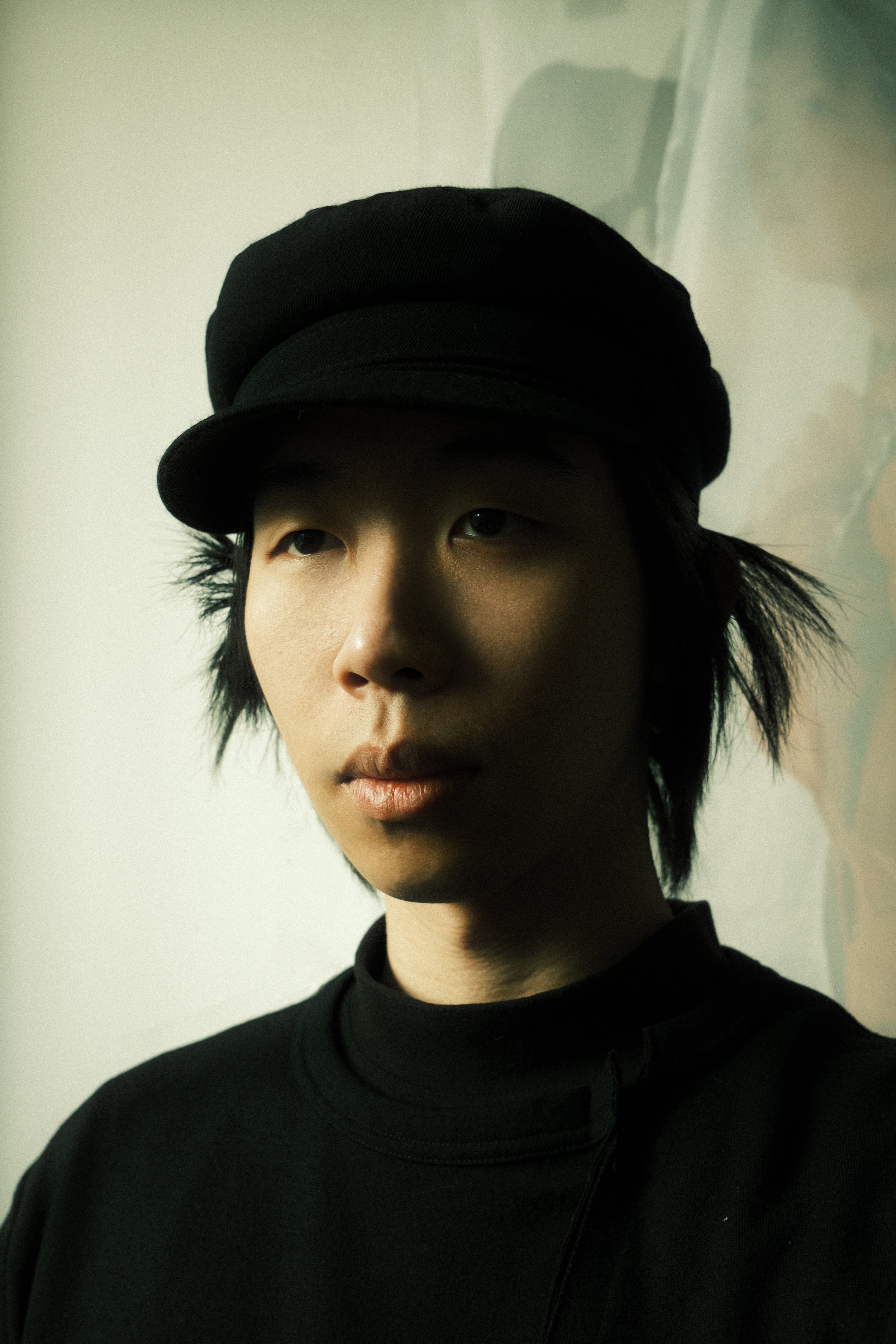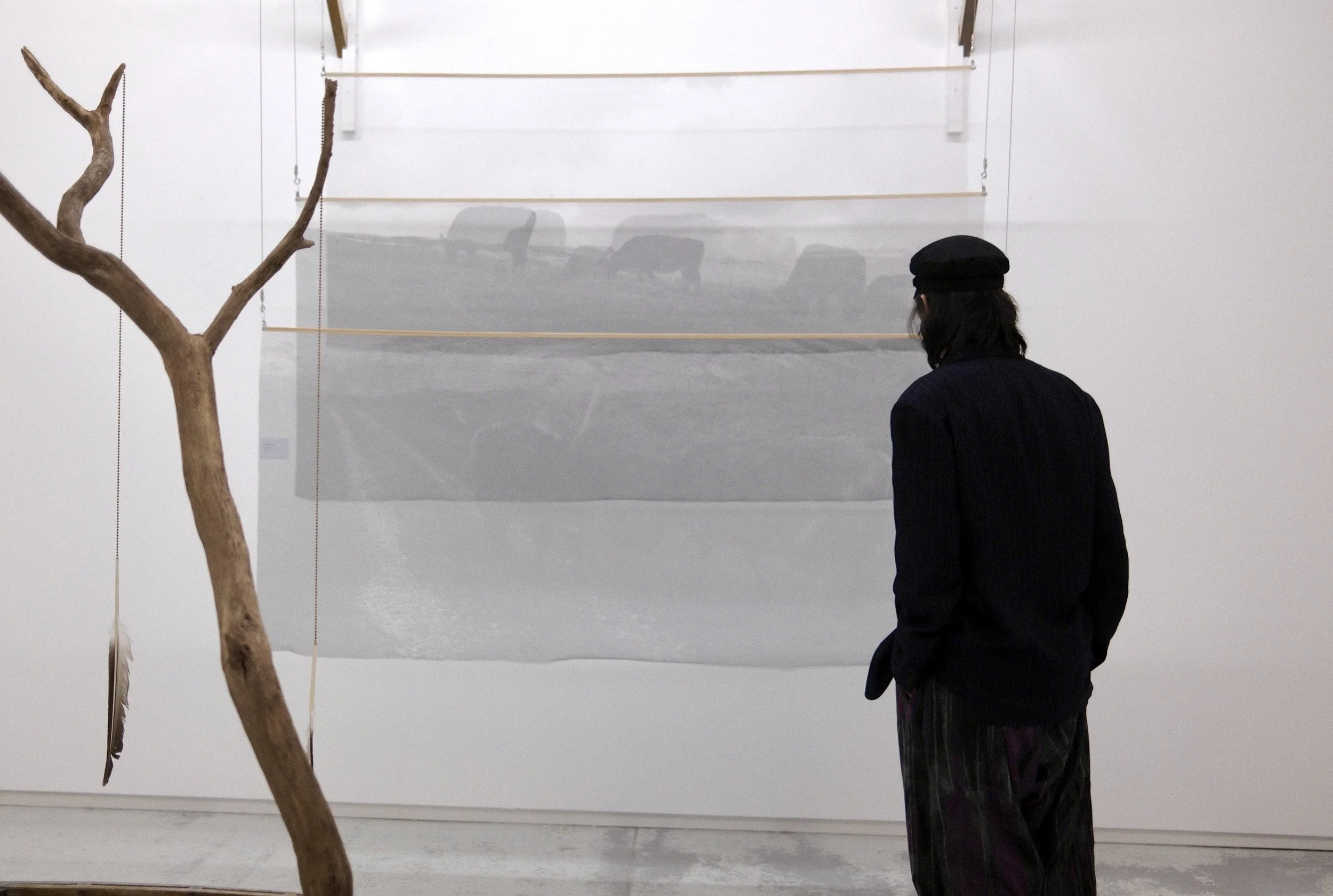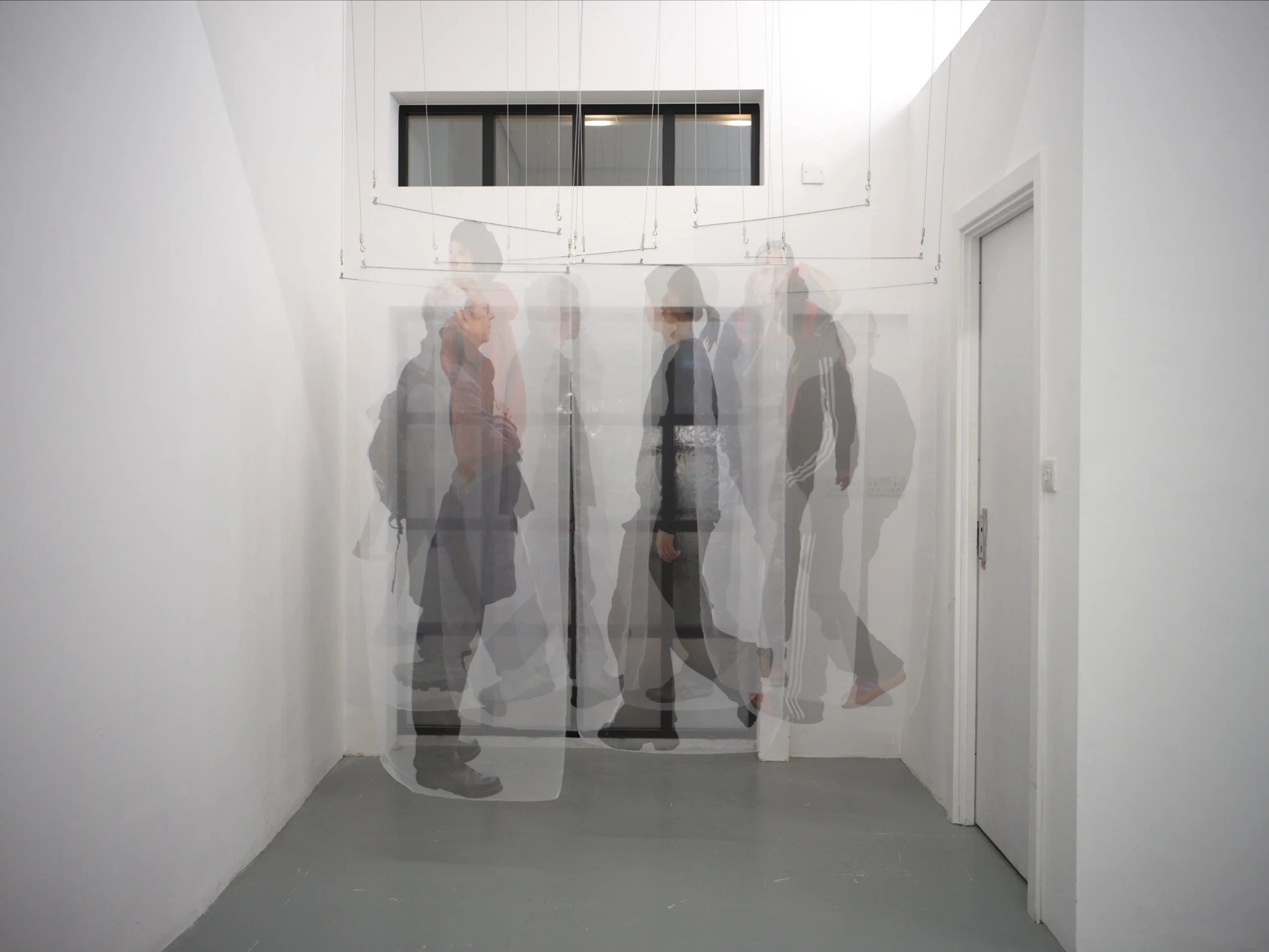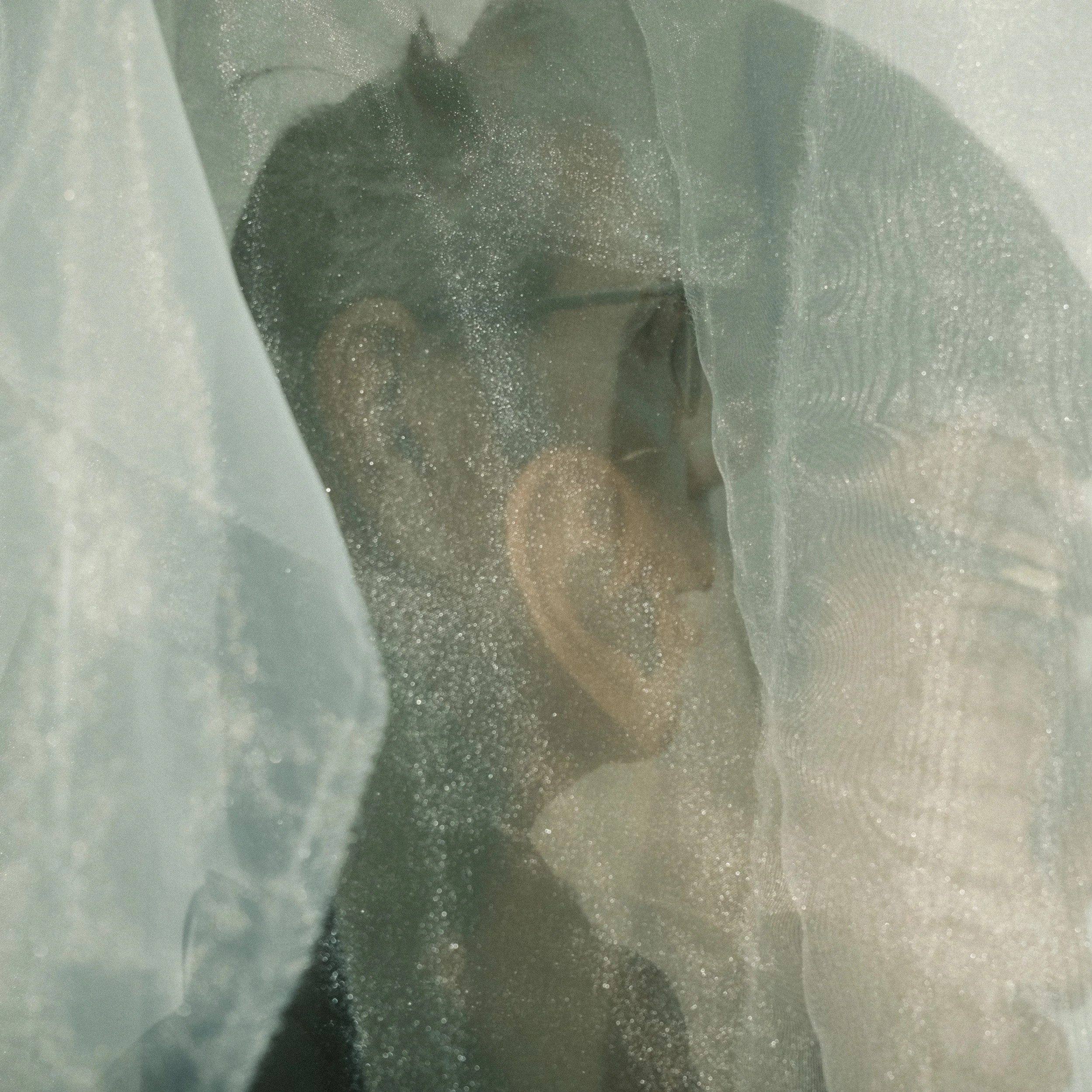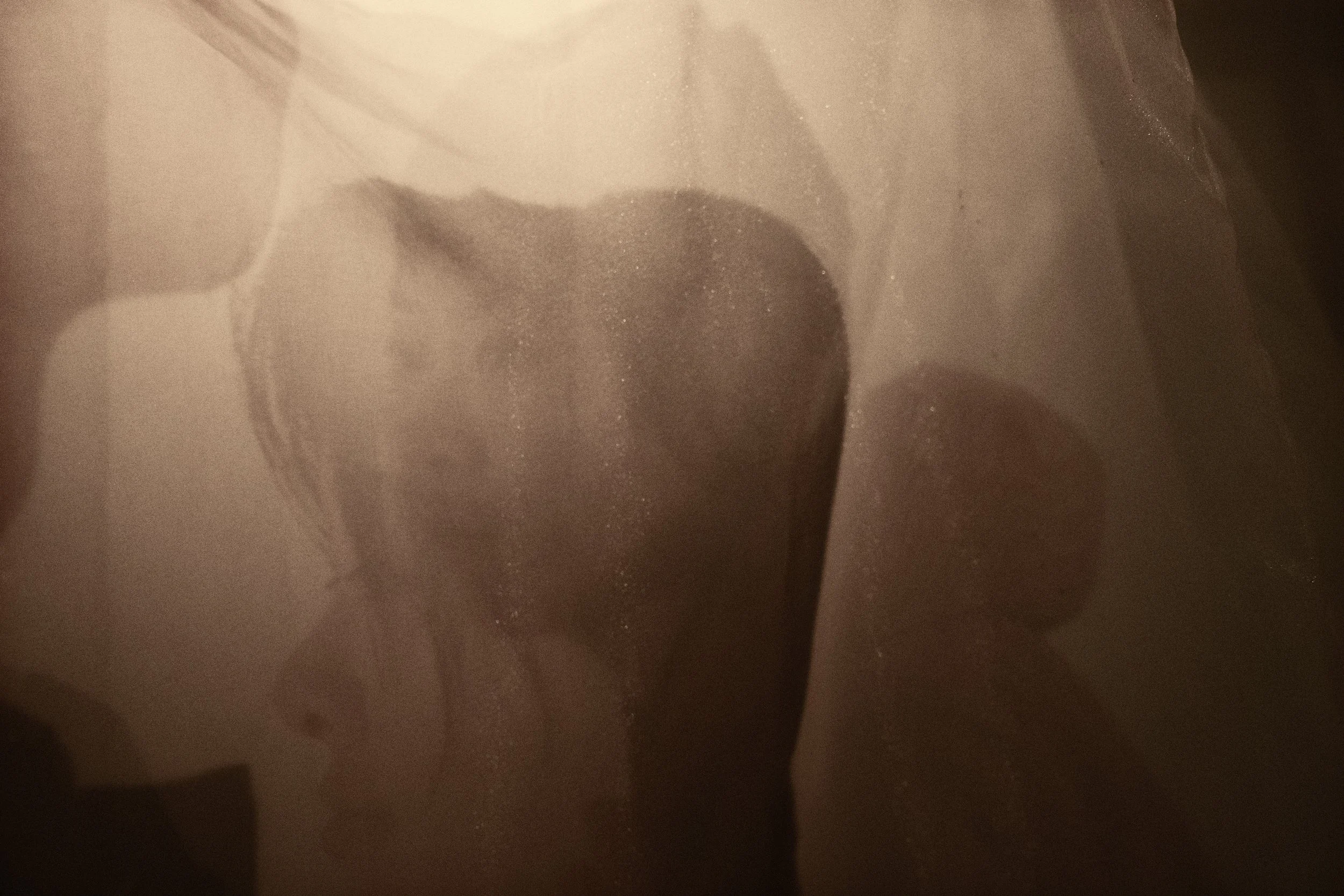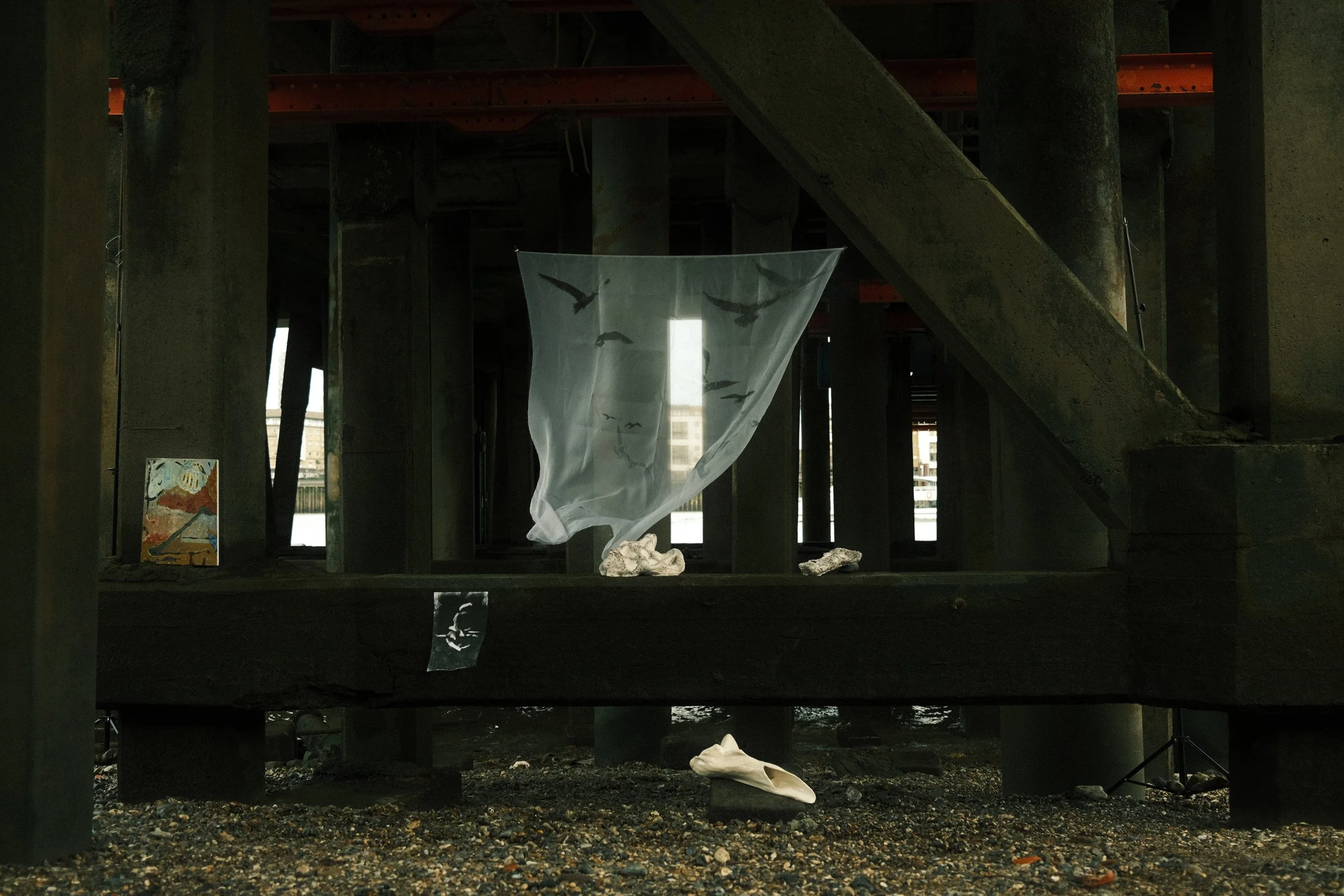
Interview | What Time Is It Now:
Li Zecheng
08/08/2025
In June of this year, Mo Mingtang presented the 'What Time Is It Now?' exhibition at our London Space. This August, the exhibition will travel to Chengdu, where it will be reformatted and presented under the title 'Ask Again: What Time Is It Now?' The display will feature works by Li Zecheng, who will join fellow artists Zhang Kailai, Wang Xuehan, Wei Wentao and Shi Hui in exploring alternative manifestations of time — a grand, ancient concept that is so intimately woven into our existence.
In these works, time ceases to be linear. Instead, it is sliced, collaged, compressed and unfolded. Through this process, we observe how corresponding narratives shift and how so-called reality becomes unsettled. Imagining time's 'other forms' is also imagining 'other lives'. In this sense, the exhibition explores how we might reinterpret events in our lives if time were not linear, how our emotions might change and what alternative ways of living might emerge if the concepts of 'past' and 'future' were less fixed than we habitually assume.
This instalment continues Fang Tang's series of artist interviews. In conversation, Li Zecheng discusses his creative relationship with time and space, echoing the explorations of the other four featured artists.
Li Zecheng
(b 2000)
He is a multi media artist who is currently living and studying in London. He graduated from the London College of Art, he is now pursuing a Master's degree at the Royal College of Art.
His practice explores liminal zones between transient existence and anchored memory, examining how urban transformation and global mobility reshape personal/collective histories. Rooted in humanistic geography and
phenomenology, he craft immersive installations materializing the interplay of lived space and imagined place. Theoretical frameworks draw from Yi-Fu Tuan’s experiential topography and Byung-Chul Han’s temporal phenomenology. Tuan’s duality of perilous physical ‘space‘ versus intimate mental ’place‘ informs his spatial tension, while Han’s Zen temporality shapes his treatment of memory as aromatic persistence—diffusing through consciousness like incense smoke.
Through "narrative wayfinding," his installations map emotional geographies by weaving sensory triggers into spatial journeys. Rather than documenting locations, he architect conditions for visitors to unearth buried coordinates—the invisible meridians connecting shifting selves across time. Whether through “Come by the Wind”’swind-activated whispers or “Blind Alley”’s embalmed urban fossils, each work becomes both compass and echo chamber for navigating modernity’s relentless metamorphoses, inviting reflection on how memories haunt material worlds and bodies navigate layered temporalities.
Q1: In your 2021 series ‘Blind Alley’, you used the simplest method of rubbing to capture images of old neighborhoods that were at risk of disappearing onto paper. Initially, you expressed your feelings through physical mediums. Why did you later shift towards photography?
Li Zecheng: They are simply different forms of artistic expression. Moving between various materials and working methods is enjoyable for me! For me, the ‘Come by the wind’ project remains a three-dimensional installation. I didn't want this 'photography' to be confined to hanging on a wall — it can stand, it can float. Regarding the images above, I simply felt that this medium was the most fitting. Growing up surrounded by all kinds of fabrics and textiles has undoubtedly had a subtle influence on me.
Q2: Why did you choose fabric as the medium for your photography?
Li Zecheng: Paper always feels inadequate for capturing things like birds soaring through the sky or people crossing zebra crossings. They become frozen in time and are no longer 'free'. There can be no tangible interaction.
Q3: How do you interpret the concepts of physicality, photography and space?
Li Zecheng: I believe they form the foundational pillars for constructing a work's narrative. In my view, a truly mature piece should also incorporate sound, scent, the environment, and the interplay of light and shadow.
Q4: The title of this series is Come by the Wind. As we all know, the Chinese title of the renowned work Gone with the Wind is 飘 Floating. One unfolds with the wind and remains; the other departs with the wind and lingers. Could you share the motivation behind creating this project?
Li Zecheng: The entire project began as a group assignment. We chose to create pieces based on our impressions of the Thames. At that moment, I suddenly noticed the seagulls, pigeons and crows along the riverbank. They seemed to coexist with the river just as we do. Taking this as my starting point, I began walking along the riverbank and photographing the birds. Once I had gathered sufficient material, I wondered how they might take flight. Then it struck me: 'There must be wind.' I then began to imagine a series of wind-related movements. Perhaps it stems from my childhood sensitivity to fabrics, but I thought, 'Yes, use light, semi-transparent gauze. Because it's so light, even the slightest breeze would reveal the wind's form.'
Q5: The first time I saw this piece fluttering beneath the bridge, I could sense its remarkable precision. You resemble someone at dusk using a twig to lift a spider's web and capture a dragonfly. Your imagery embraces the wind, ensnaring it within this fabric alongside your emotions. The crow that casts its shadow upon the cloth takes flight once more in the breeze. In your current exhibition piece, 'Come by the Wind — Across', the image of a walking figure is reproduced on organza. Viewers pass through life-sized portraits, moving through a crowd as if they are real and becoming part of the work itself. Could you tell us about this series?
Li Zecheng: This is a continuation of the work mentioned earlier. As someone who greatly enjoys wandering, I find that the wind carried by the passing crowds brushes my cheeks and intertwines with the diverse body odours and perfumes of others. The wind behind me encounters other strangers too. Thus, this series inherently belongs to everyone. Its meaning arises through interaction: the breeze behind you, fleeting yet captured more tangibly within the work. What truly matters is the interaction.
Q6: Is there a specific arrangement to the way the figures are positioned within the work?
Li Zecheng: There isn't a fixed arrangement for their placement. Among them are strangers, friends and lovers. As time passes, some of these relationships change — a fact that I find truly captivating. Originally, they faced each other, walking towards one another with a steady gaze. Now, however, they pass each other by, their resolute gazes directed towards new lives.
Q7: Your work seems to be fascinated by 'constructing spaces', whether that be reconstructing the streets of your hometown in your early pieces, recreating Parisian streets in later runway collaborations, or the 'Come by the Wind' series, in which you appear yourself. How would you describe your relationship with your work, and what role do you play within it?
Li Zecheng: In my view, an immersive and interactive space is of the utmost importance. It enables people to detach from the physical world and explore the places that hold meaning for them. Everyone's life experiences and history are unique. My aim is to create an open space, positioning myself as a doorman or invitation-bearer. My role is simply to open the door for you — what lies beyond is your own story. It's much like shouting into a valley and hearing your own echo.
Q8: In this exhibition, the curator explores the concept of time through the lens of photographic theory. How do you perceive the connection between your work and time? What does time mean to you?
Li Zecheng: When the wind brushes against you, your body turns slowly. It is in this movement that one evades time.'
Q9: Right, one last question: what time is it now?
Li Zecheng: I'm on a plane at the moment, so it's whatever time you want it to be! :)

